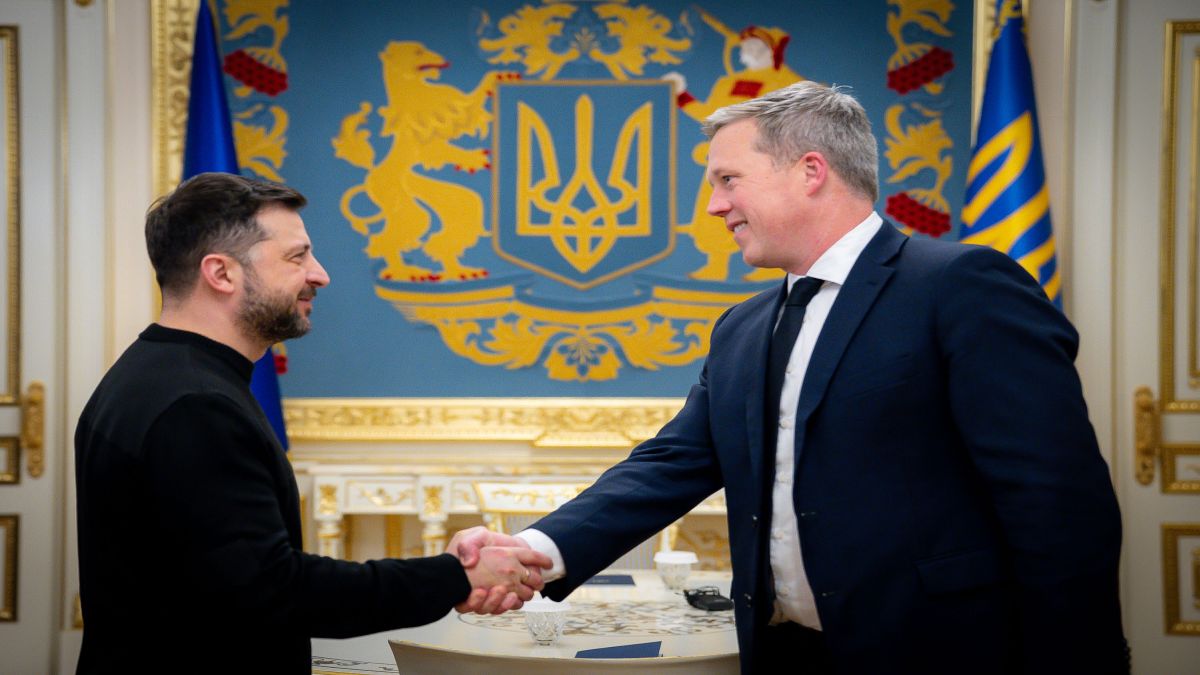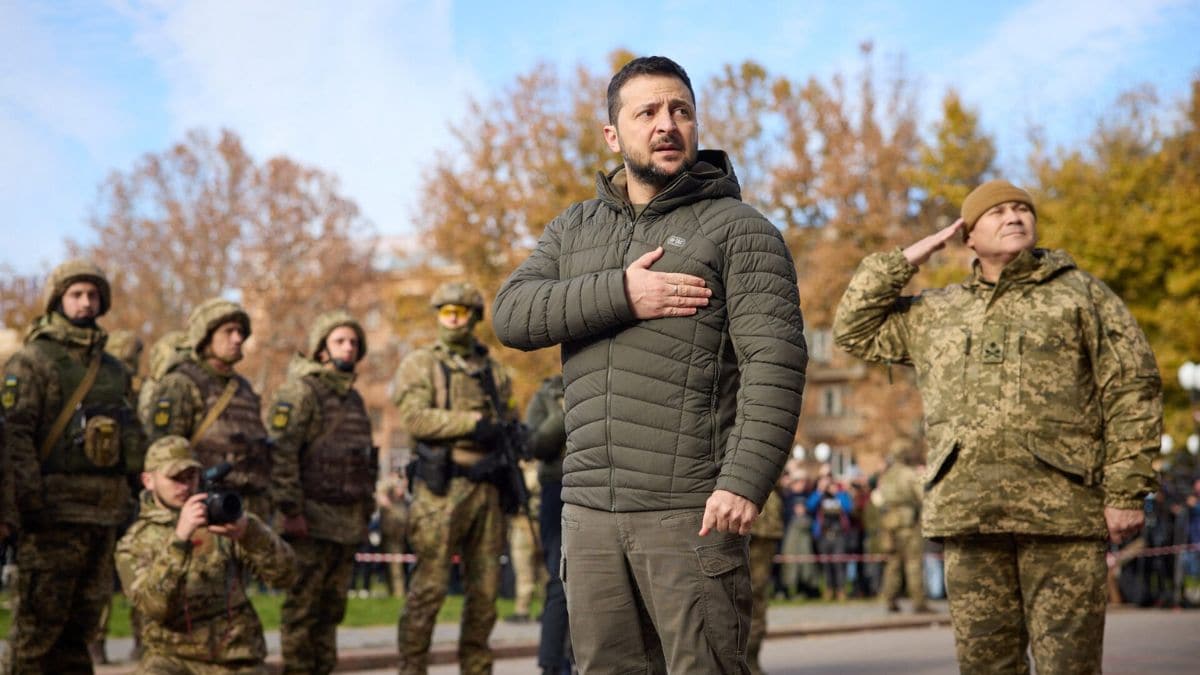The European Union has accelerated efforts to agree on a scheme to use frozen Russian assets to help Ukraine after a U.S.-backed peace plan last week set out different ideas, EU officials said.
EU leaders tried at a summit last month to agree on a plan to use 140 billion euros ($162 billion) in frozen Russian sovereign assets in Europe as a loan for Kyiv, but failed to secure the backing of Belgium, where much of the funds are held.
The European Commission, the EU executive body, hopes to address Belgium’s concerns in a draft legal proposal which it will present this week on using the frozen sovereign assets to support Kyiv in 2026 and 2027, EU officials said.
Work on the EU plan was already under way but details that emerged last week of how the assets might be used under the U.S.-backed plan, which European leaders saw as heavily favouring Moscow, have helped focus minds in the 27-nation bloc.
“It surely made work on this even more urgent,” one official with knowledge of preparations for the project said.
EU must help Ukraine defend itself, von der leyen says
Under the EU plan, which has been discussed since October, the frozen Russian central bank assets in Europe would be lent to Ukraine for Kyiv to use for defence and regular budget needs.
This would provide welcome respite for EU governments, the biggest donors to Ukraine since Russia’s full-scale invasion in February 2022. Ukraine would pay back the 140-billion-euro loan only when it receives war reparations from Russia.
Quick Reads
View AllThe latest version of the U.S.-backed plan has not been released.
But under the U.S.-backed plan that was presented last week, $100 billion of the frozen Russian funds would be invested in a U.S.-led effort to reconstruct and invest in Ukraine, with the U.S. getting 50% of the profits from this venture, according to details of the 28-point plan that were made public.
Under that plan, Europe would have to match the $100-billion contribution to increase the investment available to rebuild Ukraine while the balance of the frozen funds would be invested in a separate U.S.-Russia investment vehicle to pursue joint U.S.-Russia projects.
The Commission’s draft legal text is intended to help win the support of Belgium, where 185 billion euros of the 210 billion euros of assets frozen in Europe are located, because it would have to address in detail various legal guarantees that the Belgian government has demanded.
“We need to support Ukraine to defend itself. We committed ourselves to cover Ukraine’s financial needs in 2026 and 2027. This includes an option on immobilised Russian assets,” European Commission President Ursula von der Leyen told the European Parliament on Wednesday.
“The next step now is that the Commission is ready to present a legal text and, to be very clear, I cannot see any scenario in which the European taxpayer alone will pay the bill."
Why is agreement so hard?
Among Belgium’s main concerns, which have to be addressed before EU leaders discuss the plan again on December 18, is the issue of potential Russian lawsuits against the Belgian securities depository Euroclear, where the assets are kept.
Such lawsuits could be costly, long-lasting or even launched years from now. The Belgian government wants other EU countries to guarantee it would not be left alone to cover the expense and financial fallout.
Similarly, should courts ever decide that Russia must get its frozen money back before Moscow pays reparations to Kyiv, Belgium wants others to guarantee they would help provide the money - and quickly.
While the Russian money remains frozen under a decision by EU leaders until Russia pays reparations, this decision needs to be renewed by unanimity every six months.
This creates a risk that Hungary, whose prime minister is closer to Moscow than other EU leaders, might refuse to roll over the sanctions and in this way automatically release the funds to Moscow.
Belgium and other EU governments want the Commission to come up with a way to prevent that before they approve the scheme.
Apart from the 185 billion euros immobilised in Belgium, there is an estimated 25 billion euros more of Russian sovereign money frozen in EU banks in various countries, mainly in France and Luxembourg.
Belgium says other countries that have Russian cash, including Canada, Japan, Britain and the U.S. - all of which are members of the Group of Seven wealthy nations - should also be included in the scheme.
EU officials close to the talks between the Commission and Belgium are confident that all these concerns can be addressed one by one.
“But ultimately, it will be about political will,” the EU official close to the talks said.


)

)
)
)
)
)
)
)
)



